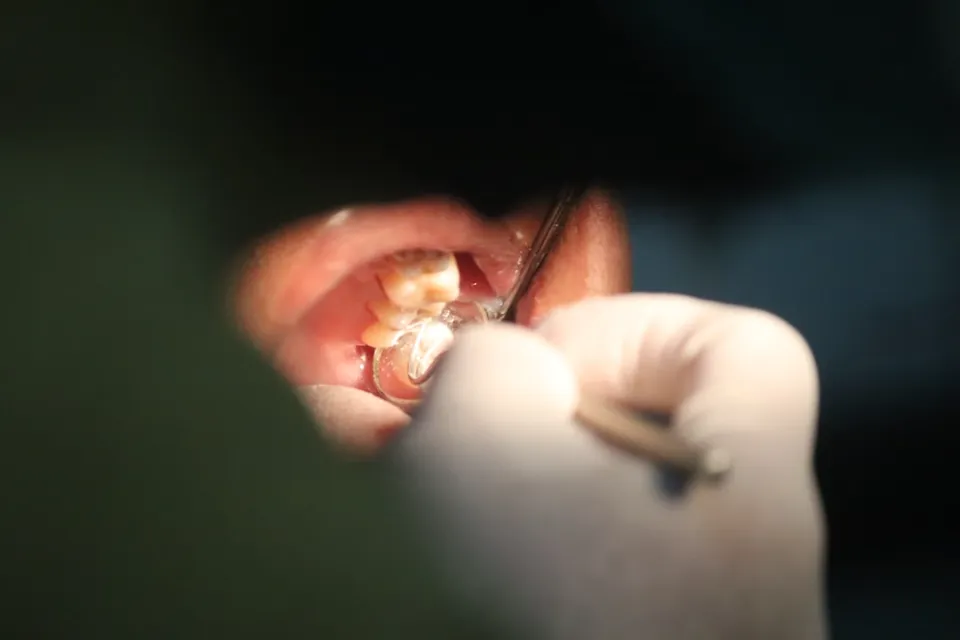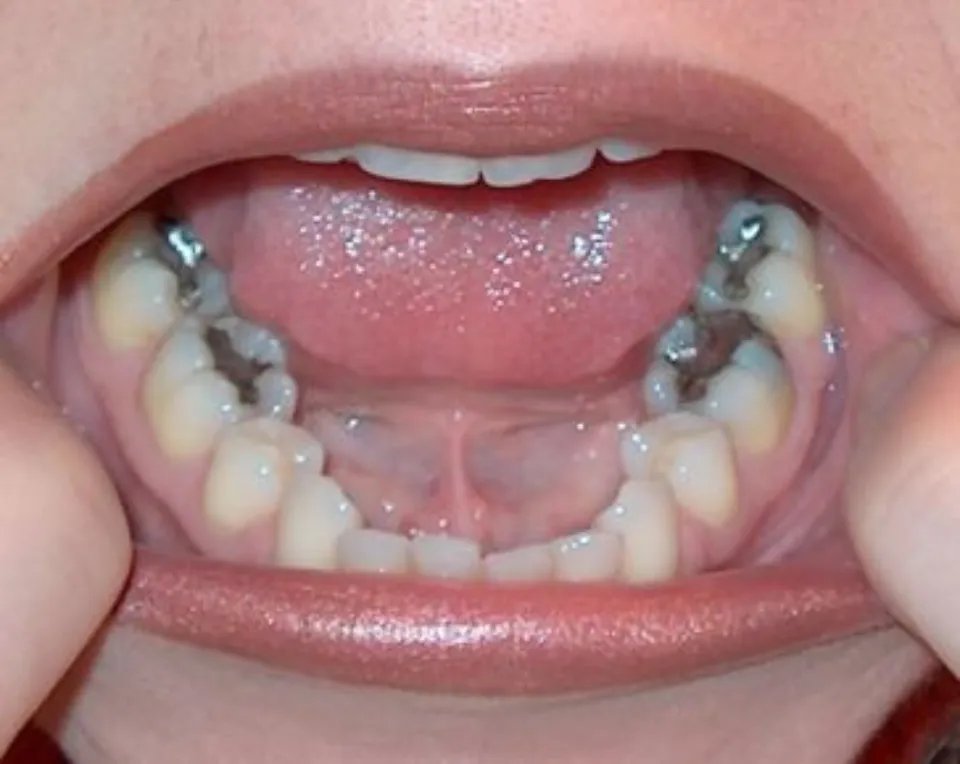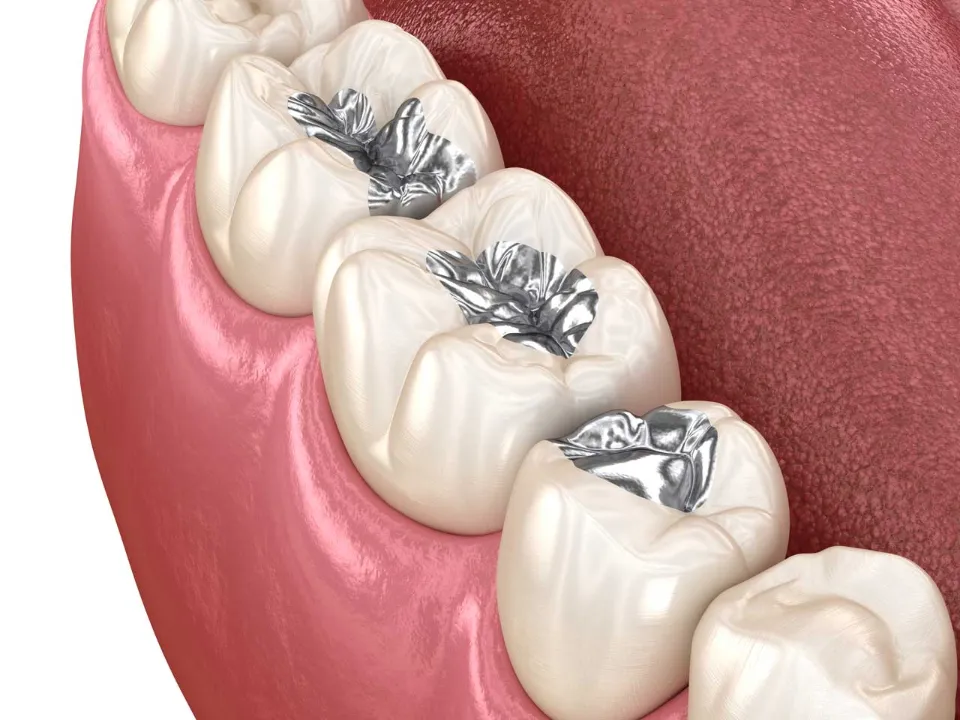
How Long Does It Take To Fill A Cavity – How Does It Work?
Although having cavities is never pleasant, ignoring them will only make them worse. A dentist must fill cavities because they cannot heal on their own. By removing places where bacteria can attack the tooth, a filling aids in the restoration of your decayed tooth and guards against further decay. Concerned that a cavity filling will take a while?
Depending on how big the cavity is and where it is, a filling can take an hour or less per tooth. If you need multiple holes filled, the process might take longer.
We’re here to help you through it and demonstrate how you can quickly regain your smile!
How Long Does It Take to Get a Filling?

The average time for a filling is one hour or less. A straightforward filling might only take 20 minutes. Onlays and inlays can now often be completed in a single appointment thanks to technology found in dental offices, though a bigger filling or several fillings may require more time.
Additionally, it might take longer or necessitate a second visit depending on the filling materials used. For instance:
- Although it takes longer to layer composite resin material into your tooth, it can be done in a single appointment.
- A mold may be used to create some composite fillings. To bond the filling, this calls for an additional visit.
- Inlays and onlays made of gold or porcelain can only be completed in a single appointment if your dental office has the necessary tools. Otherwise, multiple visits are necessary. The dentist will fill the cavity and take an impression of your tooth during the initial visit. To make the filling, a lab will receive the impression from the patient. The filling will be bonded to your tooth at your following appointment.
In most cases, replacing an old filling takes the same amount of time as placing the original filling. If drilling is required to remove the old filling material, it might take a little longer. Before inserting new filling material, a medical professional will clean out the cavity and old filling material.
Read More: How Long Can A Cavity Untreated

How Long Does a Filling Take on a Child?
Even with good dental hygiene and a balanced diet, cavities in children are quite common. According to the Centers for Disease Control and Prevention (CDC), 1 in 5 children between ages 5 and 11 have at least one untreated cavity.
Taking into account a few extra factors, fillings for kids generally take the same amount of time as fillings for adults.
If a child can’t sit still for 20 minutes, especially if they’re under 5, they might need anesthesia. Due to this, the appointment may start later than expected, and your child may need some recovery time before you can take them home. Children can be safely helped to remain still during the filling process by using nitrous oxide, also known as laughing gas.
Any accommodations your child might require should be discussed with your dentist. An accurate estimate of how long your child’s filling will take will be provided to you by a competent pediatric dentist.
Layers of the Teeth

The depth to which a cavity has gotten into the layers of the teeth determines how long it will take to fill it.
The enamel is the toughest and most outermost layer of the teeth. Its purpose is to shield the teeth from acids and bacteria. If a portion of the enamel is too severely damaged, it cannot be repaired because it lacks the cells to do so.
The dentin is located below the enamel. The bulk of a tooth’s mass is made up of dentin. Because the enamel has worn away and the dentin has been exposed to both hot and cold substances, people who have cavities experience increased sensitivity.
The pulp, which contains nerves and blood vessels, lies beneath the dentin. The cementum, the last layer, is what connects the teeth’s roots to the jawbone directly and covers them after that.
Every layer of the mouth is impacted by a dental cavity. Pain and discomfort grow worse as the decay spreads deeper into the teeth. What kind of filling the dentist uses and how long it takes to complete the filling depends on how far the cavity has advanced through the four layers of the teeth.
What Goes into a Cavity Filling?

There are a variety of substances that can be used by the dentist to fill the cavity. There are cosmetic options available, such as gold, which will cost more and may require additional preparation time. There are tooth-colored and plastic options available, which are typically less expensive and implemented more quickly.
Overall, the size and location of the tooth decay have an impact on how long it takes to fill, especially if the decay is extensive. The filling material’s actual composition is one of the additional factors.
What Are the Different Types of Fillings?
The different materials that can be used to fill your cavity will be covered in your dentist’s discussion. According to the American Dental Association (ADA), some of the most widely used options include the following materials:
- Metallic silver fillings. These are metal amalgams, which are amalgams made of mercury, silver, tin, and copper. The ADA claims that this substance is both more cost-effective and durable than tooth-colored fillings. The ADA has not discovered any clinical evidence that amalgam fillings are harmful despite some people’s possible concerns regarding the mercury content. The use of these fillings is being phased out, despite that.
- Composite fillings that are white like natural teeth. These are made of acrylic resin blended with glass or quartz particles. According to the ADA, this material is strong and costs a little bit more than metal amalgams.
- Gold fillings. This metal alloy, which includes gold, copper, and other metals, is more expensive but also very durable. Additionally, they don’t appear natural. Following the dentist’s impression of your tooth, gold fillings are typically created in a laboratory.
- Glass ionomer dental fillings. These tooth-colored fillings are comparable to composites in strength, but they are less durable. They are created from acrylic and a fluoride-containing glass type, which can help prevent cavities. As opposed to amalgams, they are more expensive and frequently used on children’s teeth.
- Porcelain fillings. These are comparable in price to gold fillings but have a more organic appearance. After the dentist makes an impression of your tooth, they are created in a lab.
What Fillings Are Covered by Insurance Or Medicare?

Fillings are typically not covered by traditional health insurance. Fillings must be paid for out of pocket if you don’t have additional dental insurance. Depending on the materials used and the number of tooth surfaces that require restoration, this could cost anywhere from $100 to $500.
If you have dental insurance, you might be required to pay a copay for fillings that is calculated as a percentage of the overall cost. Another option is a flat copayment for fillings. In some cases, the cost is even fully covered by dental insurance.
According to the Centers for Medicare & Medicaid Services, only dental work that is a component of a covered procedure and some dental exams are covered by original Medicare (parts A and B). Traditional Medicare does not provide coverage for fillings.
To lower the cost of fillings, you can buy a Medicare supplement plan. Your out-of-pocket expenses are completely covered by some supplemental plans’ comprehensive dental coverage.
How Long Does It Take for a Filling to Set?
The material your dentist uses will determine how long it takes for your filling to set. According to Rothschild:
- Amalgam fillings begin to set in one hour and reach their full strength in about 24 hours. It is best to delay eating hard foods with this kind of filling until it has fully set.
- Glass ionomer and composite fillings are typically light-cured. It takes between 2 and 20 seconds to set each layer, which are 1 to 2 millimeters thick.
- With the help of the blue wavelength light used by the dentist, ceramic fillings immediately harden. Rothschild explained: “It has already been milled or fired, and the bonding adhesive holding it in place has only taken a few seconds to cure.”
In order for your dentist to suggest the best type of filling for you if the length of the procedure is a concern, be sure to let them know.
How Long Do Fillings Last?

Your oral hygiene practices have a bearing on how long your filling lasts. Consistent dental care can prolong the life of your filling and keep your tooth from developing a new cavity. The materials used can also affect the lifespan of a filling.
Keep in mind that each person has unique dental needs and lifestyle choices, so these timeframes may vary. In general:
- Amalgam fillings last 5 to 25 years
- Composite fillings last 5 to 15 years
- Gold fillings last 15 to 20 years
The Takeaway
The majority of the time, dental fillings don’t hurt. For a typical, straightforward filling, the procedure typically takes an hour.
Discuss the advantages and disadvantages of various filling materials with your dentist. They can also advise you on how to take care of your fillings.
Check to see what kinds of fillings are covered if you have dental insurance. More expensive materials might not be covered by your insurance.
You can anticipate your fillings to last for many years if you practice good dental hygiene.
FAQs
How Long Does It Take to Fill 1 Cavity?
The typical appointment time for a dental filling is between 20 and 60 minutes. The majority of the time, placing a dental filling is a quick and painless process.
Is Getting a Cavity Filled Painful?
The number one question many people have before getting their first cavity filled is, “Can a cavity be filled without pain?” The good news is that having a cavity filled is typically a painless procedure and can actually relieve discomfort.
How Long Do 4 Fillings Take?
Depending on the size and location of the cavity, fillings could take anywhere from ten minutes to an hour per tooth. If removing tooth decay compromises the integrity of the tooth, you might even need two appointments with your local dentist to have the cavity filled in some instances.
How Long Does It Take to Get 3 Cavities Filled?
To be on the safe side, you should plan for your filling to take an hour or so to complete. Your dentist will be able to finish your filling in a lot less time if your cavity is small.





Average Rating